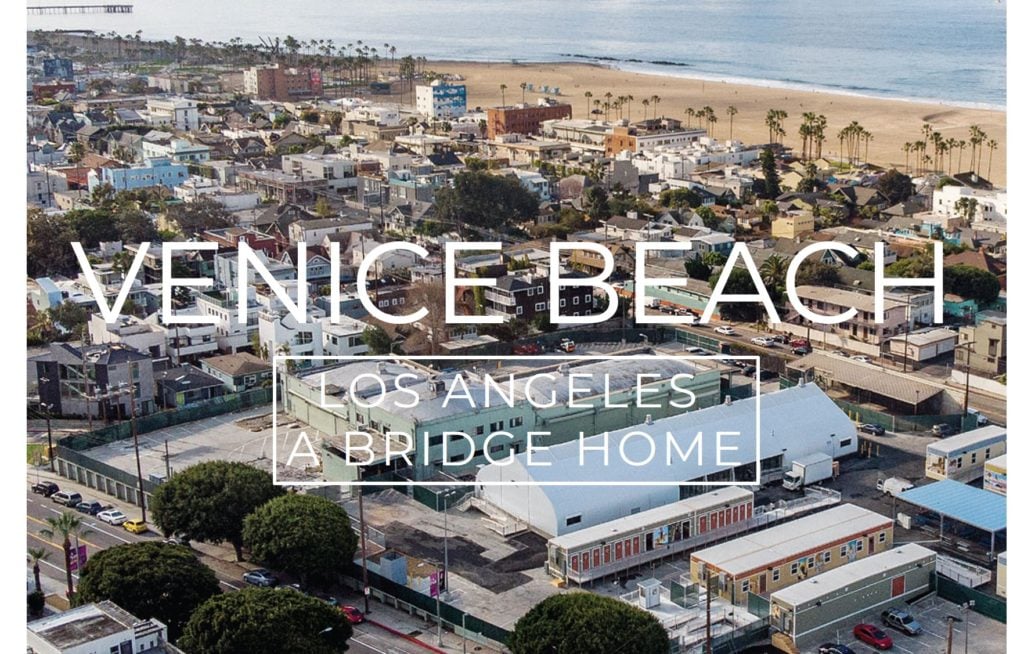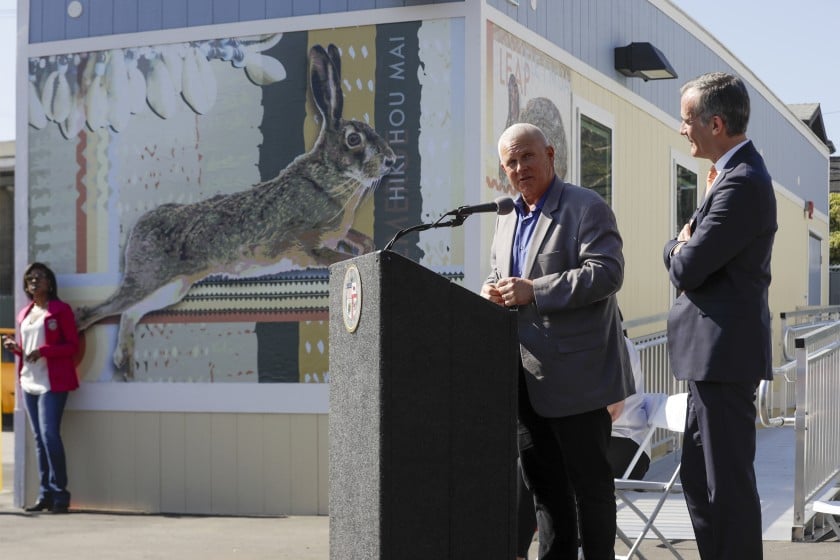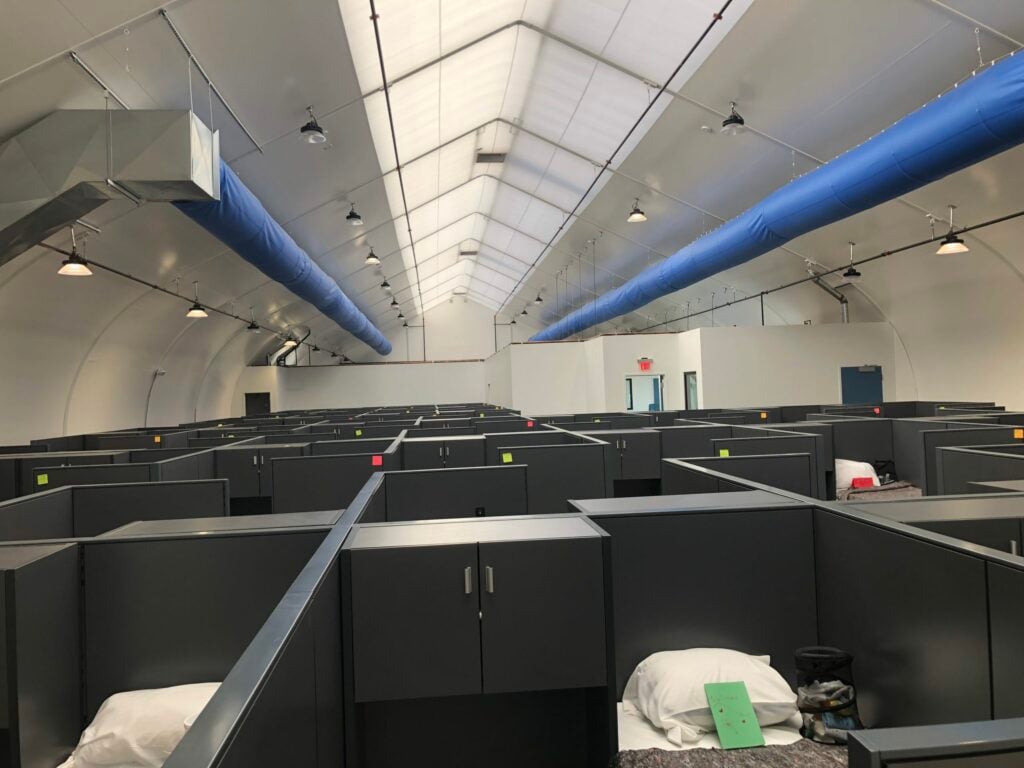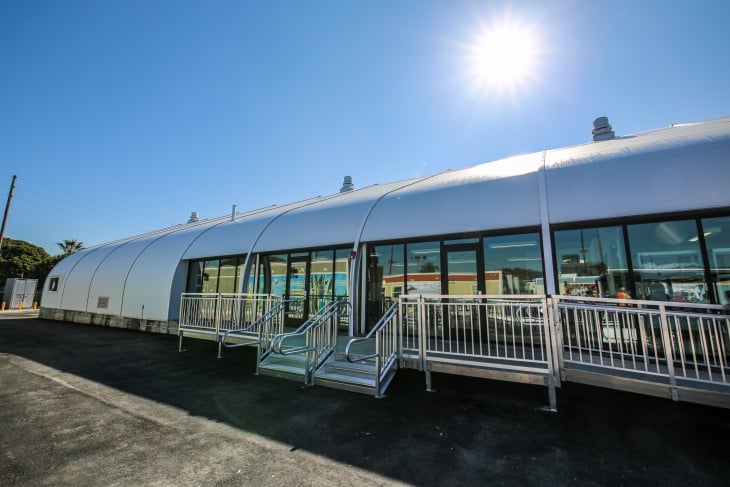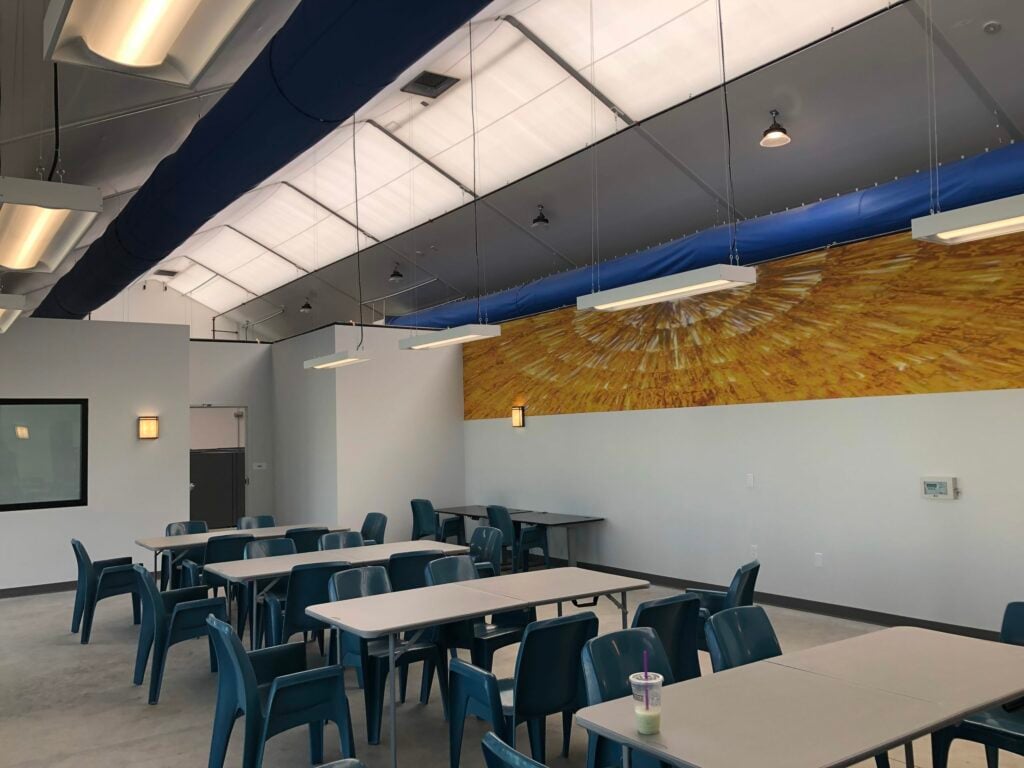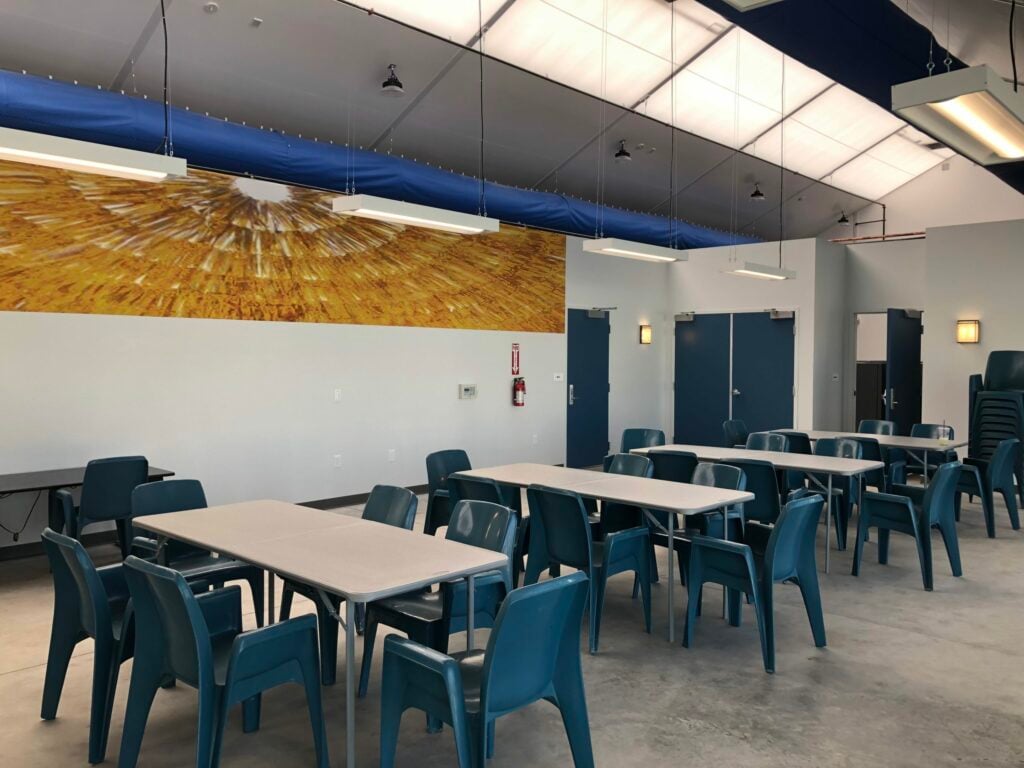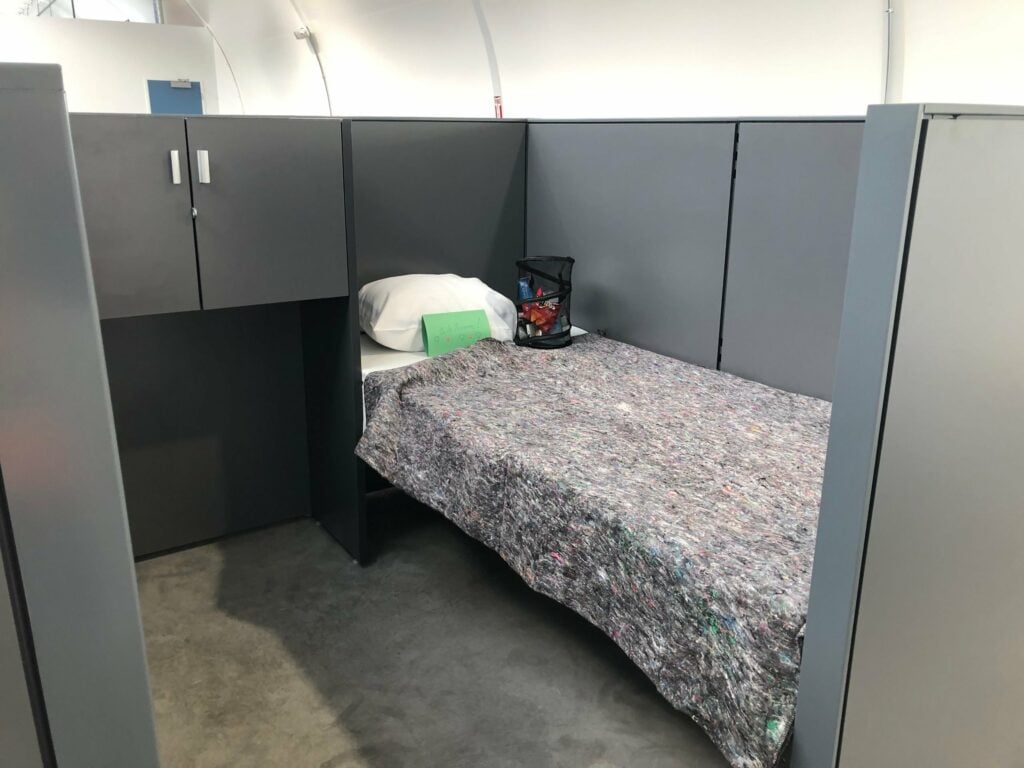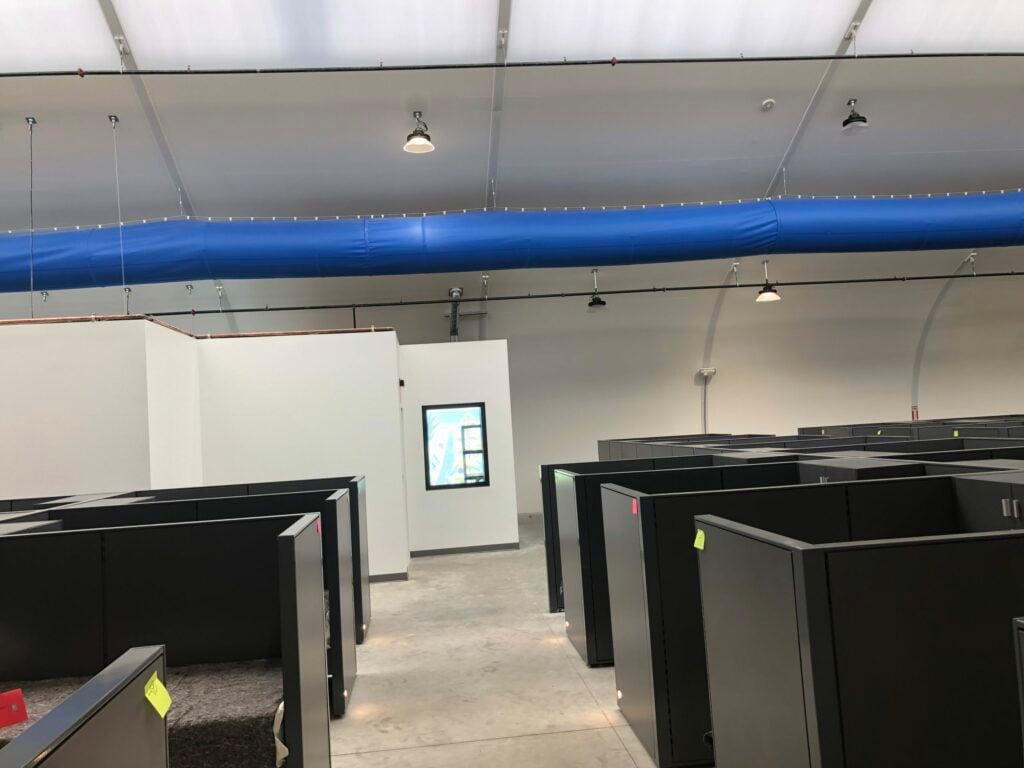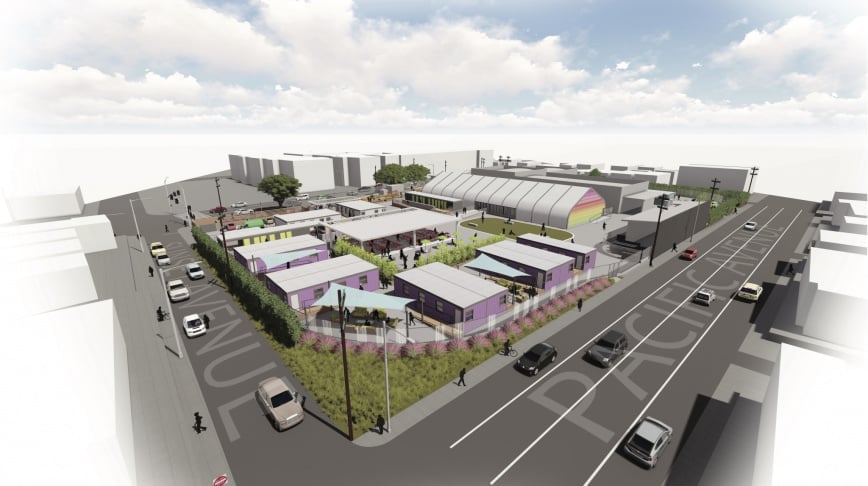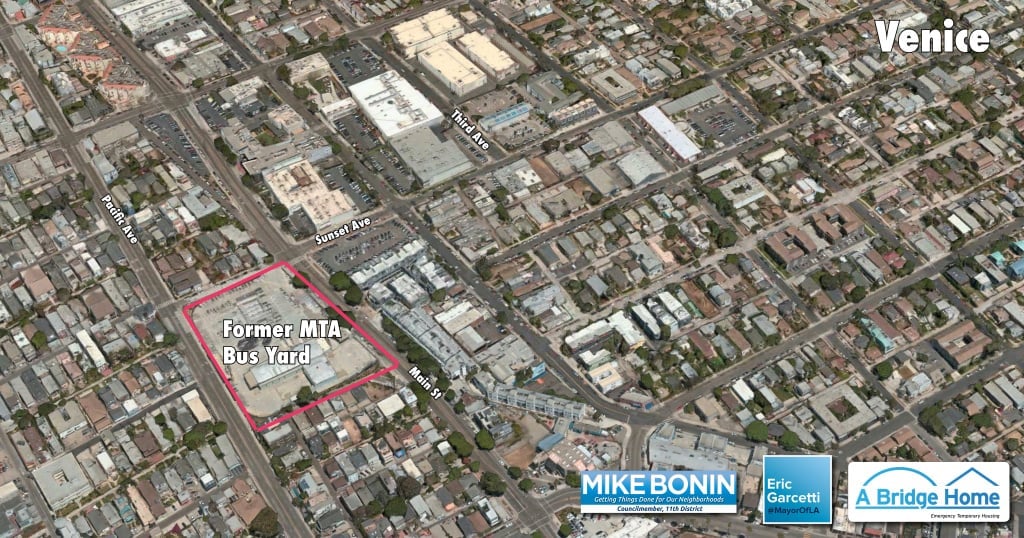A Bridge Home Venice Beach
A Bridge Home Venice Beach
Los Angeles Bridge Housing on Venice Beach
Overview
In February 2020, the City of Los Angeles opened its 10th “A Bridge Home” facility in Venice for people experiencing homelessness. The facility shelters 100 men and women in a large white tent, and 54 transitional-age youth (18-24) in bungalows. In February 2020, the City of Los Angeles opened its 10th “A Bridge Home” facility in Venice for people experiencing homelessness. The facility shelters 100 men and women in a large white tent, and 54 transitional-age youth (18-24) in bungalows.
Context:
- Launched in 2018 to shelter over 3k people, the Mayor’s A Bridge Home program is designed to be an alternative to encampments – providing a “bridge” between street homelessness and long-term housing. Per city council discussions, bridge housing in Los Angeles will be most successful ‘when people move quickly through bridge housing facilities and into long-term housing’, freeing up beds in bridge housing and allowing more people to move off the street.
- Pacific Sunset is the first ‘A Bridge Home’ site to be partially dedicated to serving young people experiencing homelessness (source).
Mission: Provide an alternative to encampments to help move people off the streets, through bridge housing facilities, and into long-term housing.
Site
Owner: Land owned by The Los Angeles County Metropolitan Transportation Authority (Metro), a regional transportation planning agency. Metro directly operates bus, light rail, heavy rail and bus rapid transit services.
Previous Use: Bus service lot, parking lot
Use Arrangement: 3-year lease between Metro (site owner) and LA City, subleased (zero cost) to PATH to operate the facility, to begin upon c/o issuance.
Site Selection Criteria Considerations: City Council District 11’s choice for the “A Bridge Home” Program, an initiative calls on all 15 Council Districts to identify a site or building adjacent to a high-density homeless population for housing (learn more).
Funding
| Upfront Development* | $8.6 million | $5.6 million from City, $3 million from California Community Foundation Grant |
| Cost Per Bed* | $56k | 154 beds in total |
| Operating Costs* | $3.4 million/year | Funding from CA State (via HEAP in 2019 and 2020; HHAP in 2021), funds go to Los Angeles City and County, which is disbursed and managed by LAHSA (LA’s CoC) -(source)$60/bed/night from City’s A Bridge Home Program (managed by LAHSA). Funding contribution for this particular site is $10 from City fund and $50 from Measure H. |
| Cost Per Bed* | $22k/year | $60/bed/night (blended adults + youth) |
*approximations
Development
| Lead Deal Coordinator | 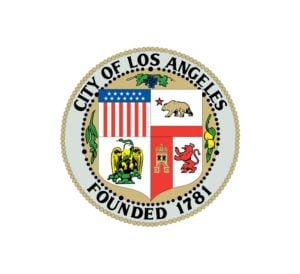 |
City of Los Angeles |
| Community Engagement | 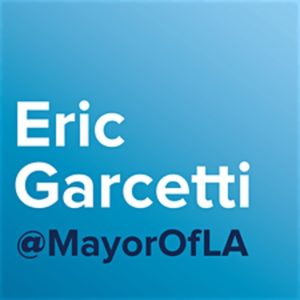 |
Mayor Garcetti’s Office and Local City Council District (CD11 – Councilmember Mike Bonin) |
| Construction Management |  |
The Bureau of Engineering (BOE) is providing project design and management oversight of the City’s GSD Construction Forces to complete the project |
| Shelter Vendor / Manufacturer |   |
Sprung Structure for 100-bed tentDesign Space Modular for the 54-bed modular units |
| On-Site Assembly |  |
LA City’s General Services Department (overseen by BOE) – Construction Forces Division |
Operations
Lead Operators:
 +
+
| Operator | People Assisting the Homeless (PATH) – PATH is dedicated to ending homelessness for individuals, families, and communities. PATH accomplishes this by building affordable housing and providing supportive services throughout California.www.epath.org/
The facility is also staffed by Safe Place for Youth (SPY). SPY’s mission is to inspire, nurture, and empower the resilient human spirit of homeless youth by providing immediate and lasting solutions, one young person at a time. |
|
| Agreement | 3-year lease between Metro (site owner) and LA City, subleased (zero cost) to PATH to operate the facility, to begin upon c/o issuance. PATH is pursuant to a service contract with the Los Angeles Homeless Services Authority (LAHSA)’s ‘A Bridge Home Projects’ Scope of Required Services, Facility Standards and Program Standards documentation. |
|
| Staffing |
|
|
| Services Provided | PATH provides wraparound services, which include intensive case management, linkages to medical and mental health support, groups and classes for self- awareness. In addition, we focus on housing navigation and employment assistance such as resume building, interview preparation. These services are designed to help people move into – and stay – in permanent housing.SPY, in an agreement with PATH, operates the case management services for the youth population. | |
| Cost |
|
|
| Operating Expenses |
|
Press
LA TIMES: Shelter openings and groundbreakings mark progress in L.A.’s homelessness response
LA City Attorney’s Office Wins Two Cases on Homeless Shelters
Temporary Housing Facility Opens in Venice for Homeless People


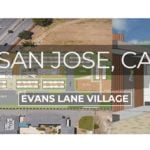
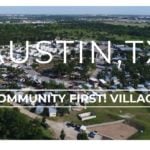

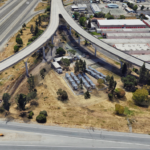
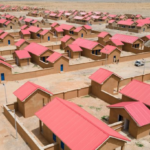
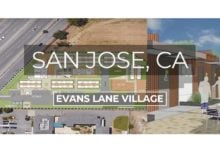
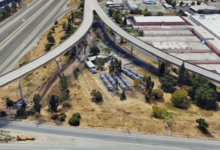 NEXT
NEXT